Information
what is concept art?
Concept art is a crucial aspect of the creative process in the entertainment industry, particularly in films, TV shows, video games, and animation. This intricate form of art allows artists to translate complex ideas and concepts into visual designs that bring creative projects to life. Concept art serves as a foundation for the development of characters, landscapes, vehicles, weapons, creatures, and other elements that make up a visual narrative.
For enthusiasts of the arts or aspiring artists interested in pursuing a career in entertainment design, understanding what concept art is and its importance is a must. This article aims to provide an overview of concept art and its significance in creating immersive storytelling experiences that captivate audiences worldwide.
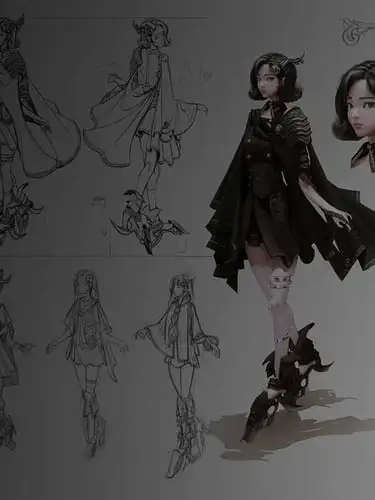
Source: www.cgspectrum.com
- Definition of a Concept Artist
- Purpose of Concept Art
- Applications of Concept Art
- The Role of Concept Art in Creative Projects
- Visualizing Characters, Environments, and Props
- Creating Art for Creative Assets
- Designing Illustrations and Character Sketches
- The Importance of Narrative Fluency in Concept Art
- Conceptual Art vs. Fine Art
- Skills Required for a Concept Artist
- Conclusion
Definition of a Concept Artist
As a concept artist, my primary role is to visualize and create art for characters, creatures, environments, and other creative assets. I act as the blueprint for the overall design of a project, taking the initial idea and transforming it into a visual representation. Concept art falls between the conception stage and the final product, and it's the foundation of animation designs–“a picture paints a thousand words.” Through my artistic skill and imagination, I create images of people, places, and moods to bring stories to life. In the next few sections, I will outline the purpose of concept art, its various applications, the role of concept art in creative projects, and the essential skills required for a concept artist.

Source: digitalanarchy.com
Purpose of Concept Art
As concept artists, the purpose of our work is to convey the idea of a visual project before it takes its final shape and looks. We lay the foundations of the animation design by producing ideas that aim to capture the visual feel of the project and serve as a point of reference for the rest of the creative team. Concept art is a way to communicate ideas for use in media such as films, animation, comic books, and more, allowing for a visual depiction of ideas that hold the potential for a great final product.
We need to create art that is not only aesthetically pleasing but also functional and practical for the production team to execute. With careful consideration of themes, narrative, and character design, we bring forth new worlds for audiences to explore and get lost in. Without concept art, creative projects would be incomplete, and the final product would lack depth and visual cohesion.

Source: www.iamag.co
Applications of Concept Art
As a concept artist, my work finds its place in various applications. From films to video games and comic books, my job demands me to come up with creative ideas and designs for characters, settings, and objects that don't yet exist. The purpose of concept art is to visualize what could be possible and help the team to understand and contribute to the visualization. Concept art requires the use of software such as Photoshop and Corel Painter to create visual designs that are easily shared with the team in png or jpeg format.
The role of a concept artist is to take the ideas from the project brief and translate them into tangible and meaningful depictions. In other words, I am a translator of ideas to visual elements. I use various skills like ideation, illustration, and character sketches to convey the essence of the narrative to the team. Narrative fluency plays a crucial role in helping me to visualize the story and come up with designs that resonate with the audience. The applications of concept art are as diverse as the visual projects they support, and I am fortunate to be a part of the creative machine that is shaping our visual entertainment industry.

Source : cdn.conceptartempire.com
The Role of Concept Art in Creative Projects
As a concept artist, my role in creative projects is significant. I am responsible for generating the visual design for characters, environments, and other creative assets. My primary purpose is to convey the idea of a visual project before it takes its final shape and form. Concept art falls between the initial concept and the final product, bridging the gap between creativity and practicality. My job is to swiftly sketch out a variety of initial design concepts and, in the end, establish a definitive style reference for the entire creative team to follow. Concept art serves as a guide for the entire development process and provides a visual snapshot for the creative team to refer to at any point in the project. Without concept art, a project can become directionless and unfocused. My work is crucial to ensure that the final product matches the intended creative vision.

Source : cdn.conceptartempire.com
Visualizing Characters, Environments, and Props
In my experience as a Concept Artist, one of the most crucial aspects of my work involves visualizing not just characters, but the environments and props they interact with. This requires a deep understanding of not only the aesthetic style of the project but also the story being told. By using my skills in visual storytelling, I can create renderings that capture the essence of the world being built. This ability to create immersive environments and well-designed props enhances the overall experience for the audience. It is through this combination of art and storytelling that a Concept Artist brings the characters, environments, and props to life in a way that draws the audience in and keeps them engaged. This is just one of the many roles that a Concept Artist plays in the creative process, and it highlights the importance of possessing a broad range of skills and expertise to excel in this profession.
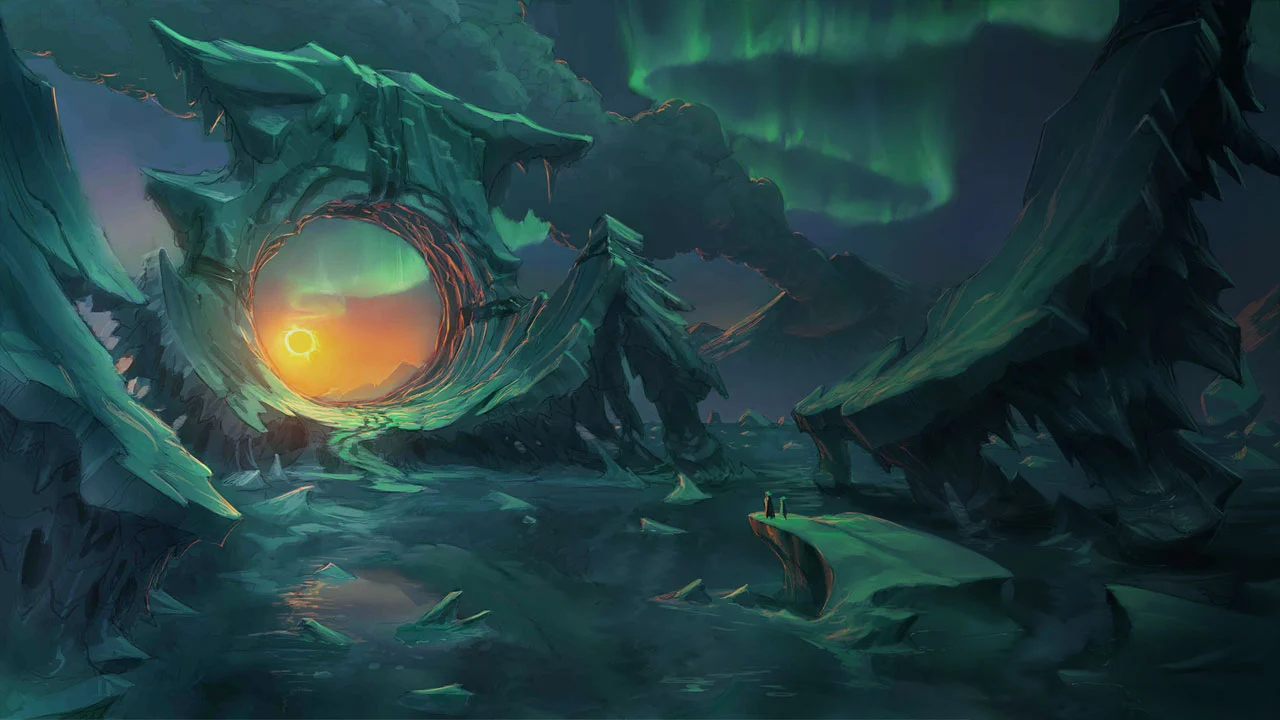
Source: www.cgspectrum.com
Creating Art for Creative Assets
As a concept artist, my primary duty is to create art for creative assets such as characters, creatures, environments, and vehicles. These creative assets serve as essential elements in various projects, such as video games, movies, and animations. Therefore, my goal as a concept artist is to ensure that the art assets I create align with the project's vision and help bring the concept to life.
The process of creating art for creative assets requires expertise in several areas, including drawing and painting techniques, 3D modeling, and digital software.
With traditional pencil and paper or digital drawings, I begin by sketching out my ideas and developing them into rough concepts. Once I have a viable concept, I refine the design by creating detailed illustrations, character sketches, renderings, and color studies.
Moreover, as a concept artist, I have collaborated with other professionals, including animators, modelers, and designers, who help bring the final concept to life. I have to provide clear and concise visual references that can help them capture the essence of the character designs and convey them accurately in their work.
Overall, creating art for creative assets is a crucial element in producing a successful project. As a concept artist, I must use my skills to ensure that every art asset created contributes to the project's overall vision and immerses the viewer in a captivating and visually stunning world.
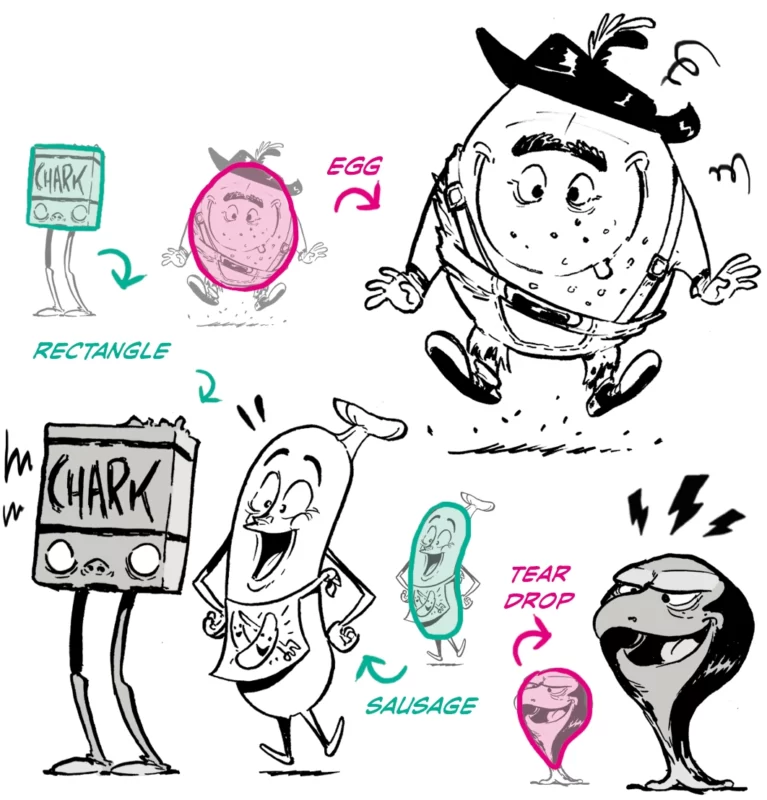
Source: www.clipstudio.net
Designing Illustrations and Character Sketches
As a concept artist, one of my primary responsibilities is designing illustrations and character sketches. Through these visual representations, I bring to life the characters, environments, and props that populate the storytelling of a creative project. Every element of a character or setting must be designed with intention, from their physical appearance to the fine details of their personality and backstory. By collaborating with writers and directors, I make sure that my character designs fully support their narrative goals.
Creating character sketches involves starting with a writer or director's description of the character and developing their exact look and feel. This process can involve a lot of experimentation and iteration, starting with simple shapes and gradually layering in more detail until the character emerges as a fully realized concept. Once the character has been fleshed out, I then move on to developing illustrations that showcase their personality and storyline in a visually compelling way. This process requires deep narrative fluency, as I must capture the right tone and feel for each character within the larger story.
In the end, designing illustrations and character sketches is a vital part of the concept art process. By bringing ideas to life in a visual format, I help to establish the direction and style of a creative project, allowing writers, directors, and other artists to work from a shared vision. As a concept artist, I pride myself on my ability to create compelling, nuanced characters that resonate with audiences and enhance the overall storytelling experience.

Source: www.cgspectrum.com
The Importance of Narrative Fluency in Concept Art
As a concept artist, my role is not only to convey the visual design elements but also to tell a compelling story through my art. Narrative fluency is an essential skill for any concept artist, as it is the ability to communicate stories and ideas effectively through art. When concept artist truly understands the story they are trying to tell, they can create a strong and cohesive visual language that pulls the viewer in and keeps them engaged. narrative fluency allows me to not only create beautiful designs but also to bring them to life in a way that inspires and captivates the audience. Without this skill, the concept art could end up feeling disjointed and lacking in coherence. I need to be able to convey the emotion, mood, and story of my designs, which is why narrative fluency is crucial in every aspect of concept art.

Source: yourartpath.com
Conceptual Art vs. Fine Art
As a concept artist, I often hear the question, “Isn't concept art just a form of fine art?” While both forms of art involve a level of creativity and skill, they have distinct differences. Fine art focuses on creating an aesthetic experience, while conceptual art prioritizes the idea or concept behind the artwork. Fine art aims to communicate emotions, values, or ideas through visual means, while conceptual art is more concerned with the message than the medium. Additionally, fine art is often created for its own sake, while conceptual art is often created for a specific purpose or project. As a concept artist, my work is about visualizing ideas and bringing them to life, rather than just creating a visually pleasing image.
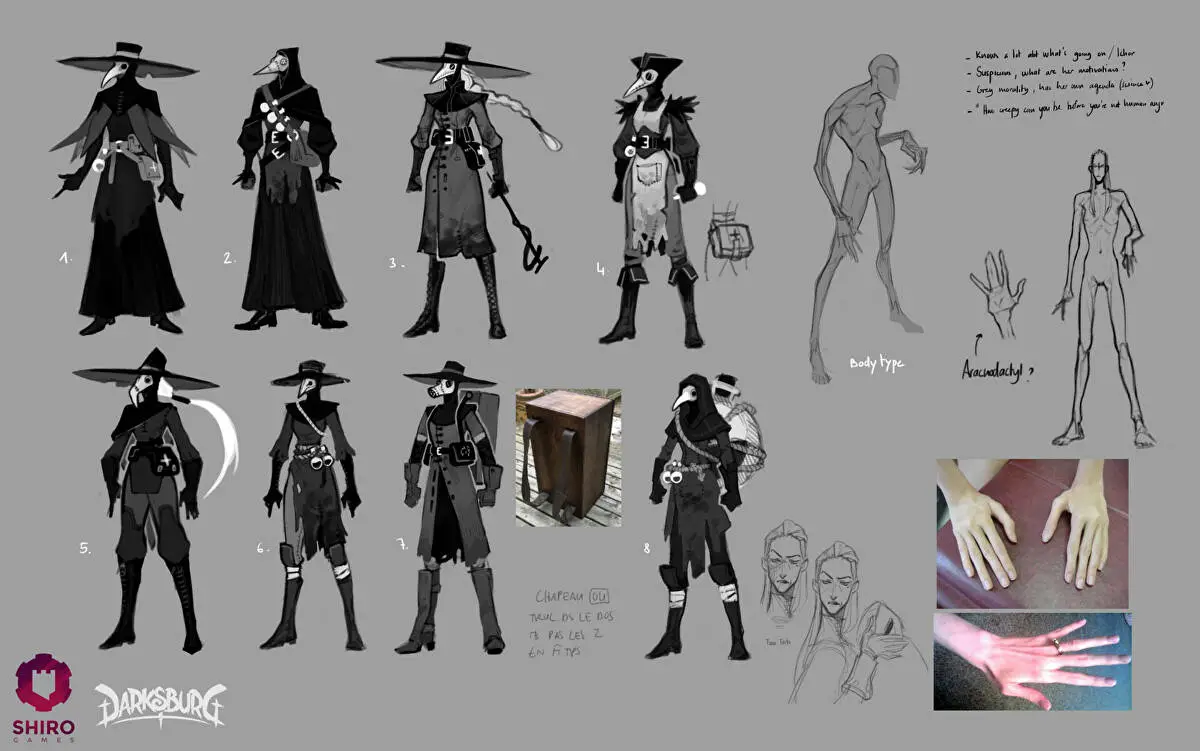
Source: assets.reedpopcdn.com
Skills Required for a Concept Artist
As a concept artist, I know that there are several key skills required to excel in this field. First and foremost, an impeccable understanding and ability in artistic fundamentals such as perspective, composition, color and light theory, form, shape, and texture, is essential. Strong drawing skills, with a specialization in concept design, are also a must. In addition to this, proficiency in industry-standard software such as MAYA is vital. Communication skills are also important, as concept artists need to be able to draw to communicate their ideas effectively. The ability to meet tight deadlines is also a critical skill in this fast-paced industry. Continuing education through self-study or pursuing certifications and licenses can help maintain and improve these skills. Ultimately, to be a successful concept artist, you need to master the fundamentals of drawing and painting while also keeping up with the latest technology and trends in the industry.
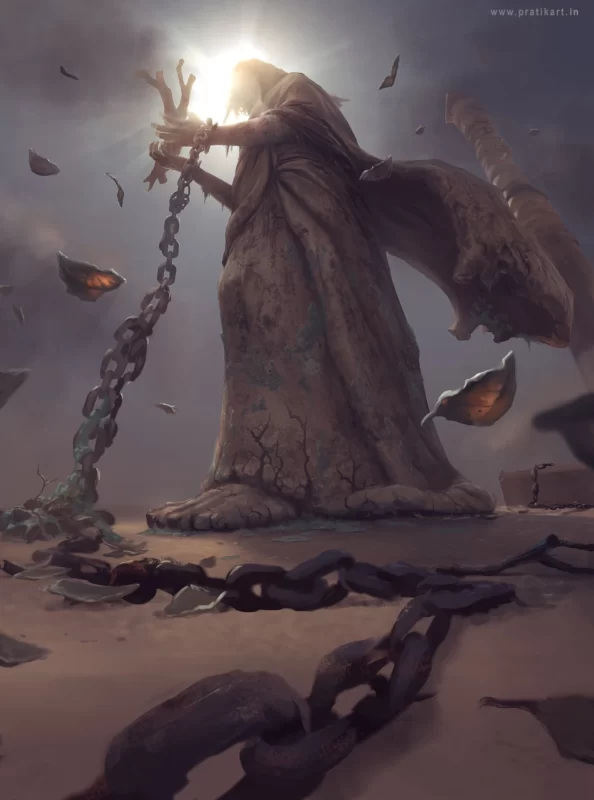
Source: cdna.artstation.com
Conclusion
In conclusion, as a concept artist, I understand the importance of my role in the creative process. Concept art is crucial in visualizing and communicating the ideas, concepts, and designs for characters, environments, and props in films, video games, animation, comic books, and other forms of media. It helps convey the look and feel of a design idea and captures the overall design vision. However, it's important to note the difference between Conceptual Art and Fine Art.
While Conceptual Art focuses on ideas and purposes, Fine Art focuses on the finished art object. As a concept artist, I believe that narrative fluency is essential. I must be able to craft a design that tells a story and engages the audience. To do so, I need to possess various skills, including drawing, painting, and digital art, as well as the ability to work collaboratively, problem-solve creatively and keep up with industry trends. Overall, my ultimate goal as a concept artist is to bring my client's vision to life, captivate the audience and help create stories that the world can enjoy.